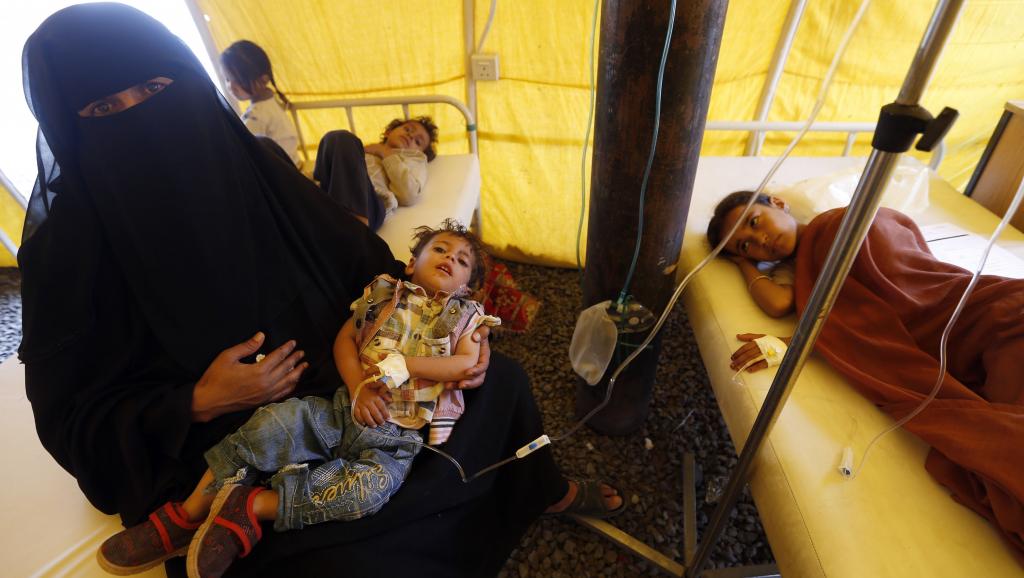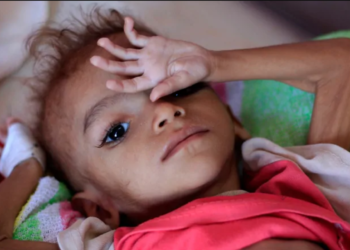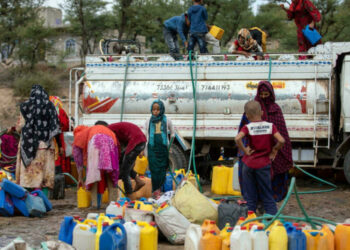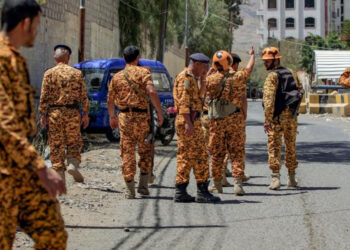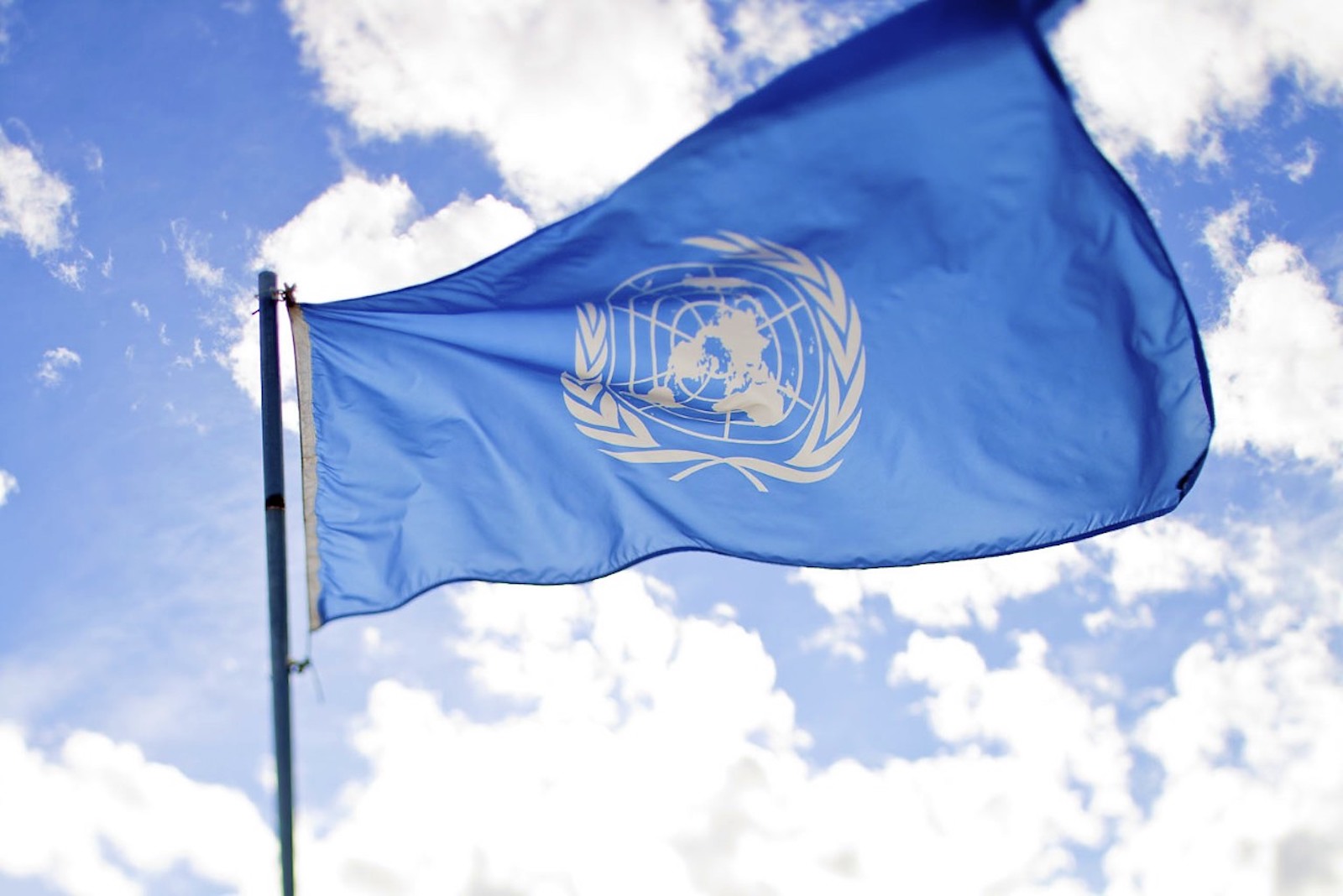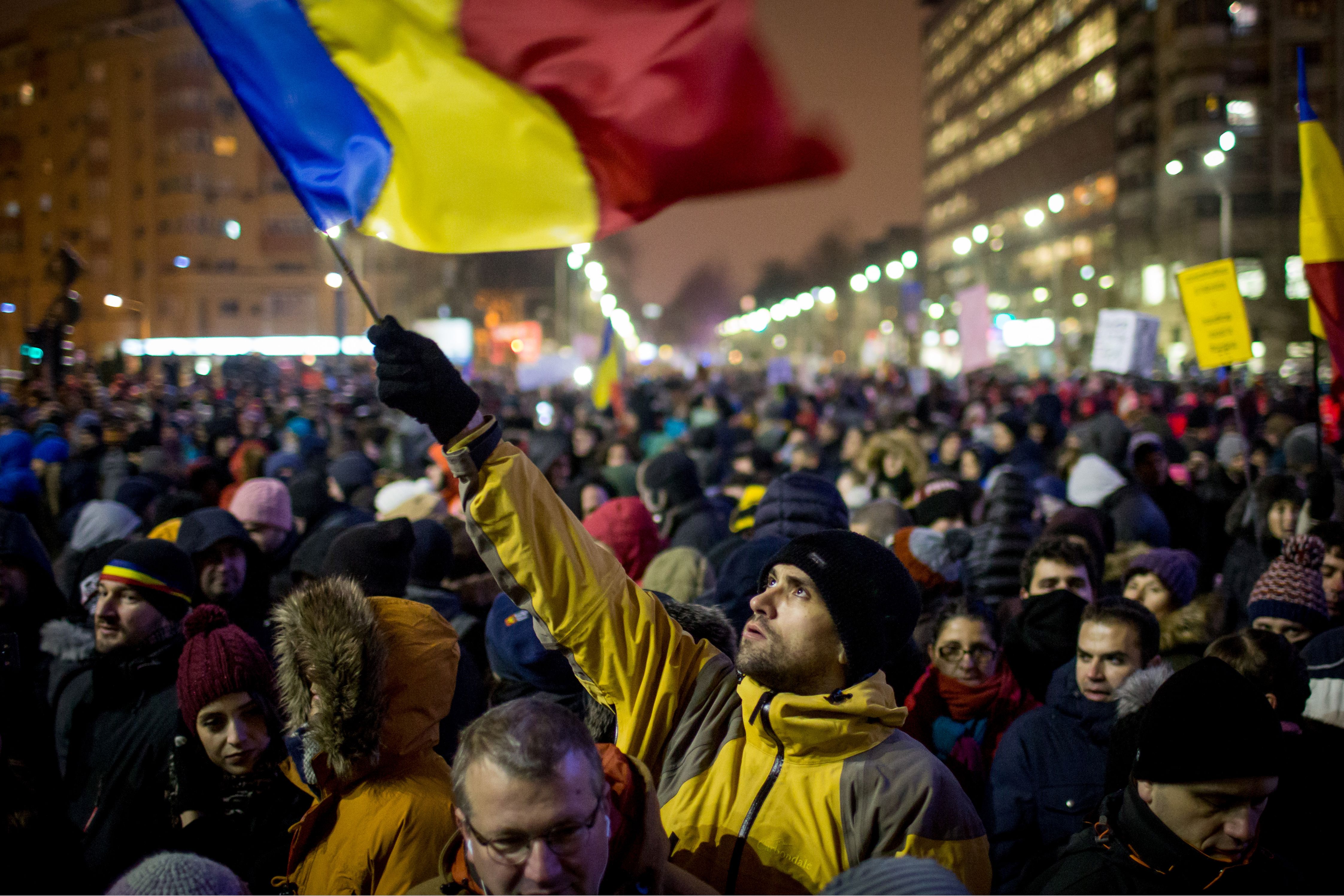With a highly patriarchal society, women in Yemen have historically been placed at a disadvantage, but with the civil war raging for almost four years, many of them now have to step into roles that were traditionally filled by men.
The conflict between the pro-government forces — backed by a Saudi-led military coalition — and the Iran-aligned Huthi rebels has pushed the country to the brink of famine. Some 15.8 million Yemenis do not know where they will get their next meal, and 24 million of the 30 million people in Yemen need humanitarian assistance, according to Oxfam development charity.
Since 2015, when Saudi Arabia and its allies intervened in the war, around 10,000 people — mostly civilians — have been killed and more than 60,000 wounded, according to the World Health Organization. But rights groups say the real figure could be five times as high. At the moment, 3.3 million people remain displaced across the country.
It's the world's worst humanitarian crisis.
Here's what you should know about the crisis in #Yemen: https://t.co/TbKUocq9uL
— Norwegian Refugee Council (@NRC_Norway) March 2, 2019
Taking on New Roles
As many Yemeni men have been killed or injured, forcibly disappeared, forced to fight or have lost their jobs, women have become main providers in many families, while still remaining primary caregivers – they continue to raise children, cook, clean, tend the land and graze sheep and cattle.
In the 2018 Global Gender Gap Report by the World Economic Forum that measures the disparity in opportunities available for men and women in over 100 countries, Yemen ranks the last. But more women now enter the labor market, leading to more openness to women engaging in different professions, Sultana Begum, Norwegian Refugee Council advocacy manager, told The Globe Post.
However, despite their newfound roles, women continue to face a lot of challenges associated with their sex.
“Many women are now leading their displaced households, which makes their access to humanitarian aid extremely difficult as a result of being stifled by social restrictions on their freedom of movement, fear of abuse at militia-held checkpoints and the rising costs of transportation,” Begum said.
Years of conflict and a deepening humanitarian crisis have exacerbated the situation for women and girls in Yemen, who suffer disproportionately from violence, poverty, and violations of their rights.
An extended civil war has devastated the economy, and the increase in poverty has led to negative coping strategies such as child labor, child marriage, survival sex, and begging, Begum said.
“Women and girls are at [a] greater risk of ‘kidnapping’ and sexual and gender-based violence including air strikes and shelling,” she noted. “According to the U.N., violence against women has increased by 63 percent since the conflict started.”
‘Local People Trus Us’
Even though the Hodeidah ceasefire and Stockholm Agreement were negotiated in December to address the crisis situation, civilian casualties in the north-western city of Hajjah and the southwestern city of Taiz alone have more than doubled, with 164 and 184 people killed over the last three months respectively, according to the NRC.
“An estimated 788 civilian casualties were reported nationwide since 18 December last year. The majority of them, 318 people, were killed by shelling,” the group said in a press release on Monday.
Civilian casualties double in parts of #Yemen since ceasefire – @NRC_Norway https://t.co/bsxhqMpHQd image ©UNICEF/Al-Adimi pic.twitter.com/XkrLCGsyAo
— ReliefWeb (@reliefweb) March 18, 2019
At the same time, an estimated 80 percent of the population in Yemen require humanitarian assistance, and it is displaced women who are among the most vulnerable since they often do not get help.
“Women and girls are reported to often remain invisible to humanitarian actors and miss being targeted with aid assistance. Lack of official papers also makes it difficult for women and children to register for assistance,” Begum said.
Nevertheless, according to NRC, some Yemeni women have been active as first responders and humanitarian workers in the absence of men in their communities. They carry out rescue missions, search for those in need and provide medical, housing, and food resources for them, Begum said. At the same time, they have also created hotlines to report wrongdoing and used social media to mobilize charity, provide psychological support, document crimes, and more.
Now, women-leaders are present in those Yemeni regions where international humanitarian actors do not have access.
“Women know exactly where the humanitarian corridors are and negotiate access,” Muna Luqman, Founder and Chairperson of the Food4Humanity Foundation, said during a women’s leadership conference in Geneva in February.
“Yet, everyone acts as if we are new to this field. We have always been at the grass-roots level in Yemen and the local people trust us… More must be done so that funds by international organizations are accessible for local women’s organizations,” she said.


